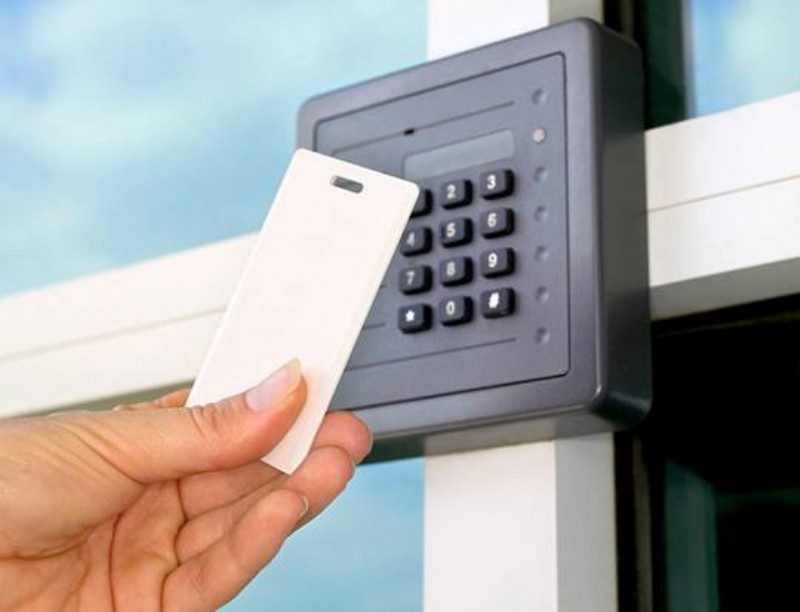How Mobility and Connectivity Bring Value to Financial Services
 When it comes to maintaining secure financial operations and providing top-notch customer service, success hinges on an organization’s ability to transform information into insight. Additionally, with fraud and theft on the rise, it’s critical that financial institutions constantly improve protection plans. And since no two financial organizations are alike, a variety of multi-level security options is needed. From print-on-demand (POD) technologies that enable “intelligent” access cards and radio frequency identification (RFID) to desktop printers and document and record tracking applications, organizations are capable of securing people, products and property across their operations—while maintaining a high level of customer service.
When it comes to maintaining secure financial operations and providing top-notch customer service, success hinges on an organization’s ability to transform information into insight. Additionally, with fraud and theft on the rise, it’s critical that financial institutions constantly improve protection plans. And since no two financial organizations are alike, a variety of multi-level security options is needed. From print-on-demand (POD) technologies that enable “intelligent” access cards and radio frequency identification (RFID) to desktop printers and document and record tracking applications, organizations are capable of securing people, products and property across their operations—while maintaining a high level of customer service.
Financial information, assets and communications are mission critical. It’s vital that solutions and devices enable officials to locate, track and manage personnel, confidential materials and high-value assets in real time—after all, the best security is proactive, not reactive. Furthermore, it’s crucial that only authorized individuals have access to secure locations. In addition to leveraging the value of mobile devices and printers, organizations can take advantage of opportunities afforded by the Internet of Things (IoT) by utilizing a set of enabling technologies to connect, capture and then analyze the data to make more informed decisions. Connecting devices to one cloud platform will enable them to gain actionable insight into their operations and processes—providing the asset intelligence they need to stay competitive.
Visibility Where It’s Needed
Within the financial services industry, there are a plethora of environments— from retail banking establishments to brokerage offices. Whether the requirement is to control entrance to facilities or restrict access to certain documents, assets and people, transactions need to be securely tracked and managed. With the issuance of intelligent access cards featuring technologies like barcode, magnetic stripe and RFID, this is easier than ever. Furthermore, data entry and calculation processes can be automated, which saves time and money and frees up employees to focus on other, more innovation-driving activities.
Enhanced Communication and Interaction
With the proliferation of mobile devices and the convergence of communications, banking personnel can react more quickly during a security breach. By connecting laptops, smartphones and two-way radios, employees can instantly talk, text or send an email to any other device in the network. Plus, the visibility gained through smart ID cards can help them evaluate, communicate and manage the risk. If, for example, a security guard can identify the location of all 17 of the employees in Wing B, but only 24 of the 26 in Wing C have been accounted for, he or she can allocate emergency resources more intelligently.
Improved Customer Service
As online and mobile banking become the norm, today’s banking customer calls for quick, on-demand services. Mobile technologies like POD are answering that call with instant, on-site issuance of approved debit and credit cards. Now, a customer whose card was lost or stolen won’t have to wait two weeks for a new card to arrive in the mail. A branch location can assist central-issuance facilities by quickly replacing the card—reducing cost for central-issuance facilities, minimizing wait times, increasing customer satisfaction and ensuring account security and protection.
With innovative POD and ID card printers that feature a wide range of intelligent card technologies and security features, financial organizations can better secure facilities, employees and assets and improve the customer experience. With advances in mobile and connected technologies and networks, organizations can gain visibility into their operations and glean insights that allow them to make more informed decisions—being proactive rather than reactive.




